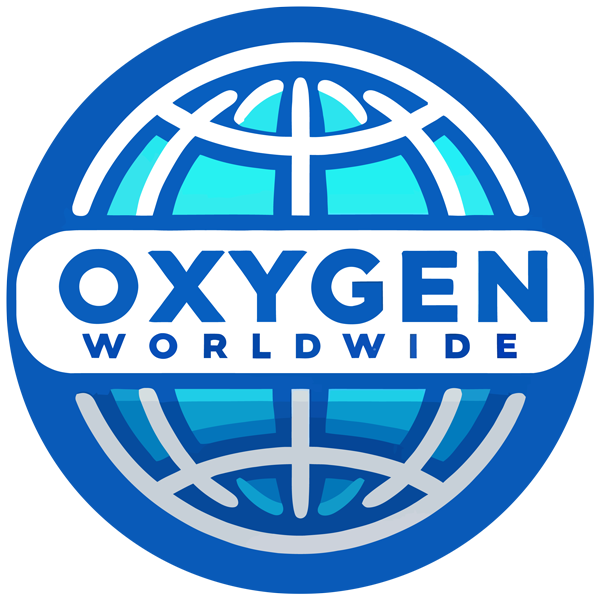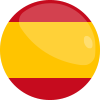It has been well researched and proven that higher levels of physical activity translates to a lower mortality rate for those patients with respiratory conditions. The problem to overcome is how to get patients to endure higher levels of exercise when they already have problems breathing as it is. The Non-invasive Open Ventilation (NIOV) device may be able to allow users to increase their physical activity by allowing them to breathe more easily and be portable enough for it to be used during activities.
Previous studies have already shown that dyspnea can be reduced by the device and users’ exercise endurance was improved. A more recent study was a lot larger with a more diverse subject pool. Patients used the device for a few hours each day over 6 months. The average number of ER visits lowered, the average stay in ICU lowered and their respiratory testing results also showed a vast improvement. Another study has shown the benefit of patients exercising with both oxygen and NIOV compared to those just exercising or just exercising with oxygen alone. The study concluded that by adding non-invasive ventilation to oxygen during exercise training in patients with severe COPD improved breathlessness, reduced hyperinflation and rates of depression whilst also improving respiratory muscle strength and quality of life.
NIOV is a light, palm-sized device with an easy to use touchscreen that can be strapped to a belt. It increases the amount that you breathe in and delivers a high mixture of oxygen and air. It can be set to three different activity levels; resting, moderate and exercise and can be used plugged in or on the go with a rechargeable battery life of 4 hours. It is connected to a pillows-style nasal interface which is a hybrid between a nasal cannula and a mask but only covers the nostrils allowing you to speak whilst using it. It has been approved by the FDA for patients who suffer from respiratory insufficiency as a result from conditions such as COPD, Interstitial lung disease, neuromuscular conditions and pre/post lung transplant.
The device helps to unload respiratory muscles and allow the lungs to work more efficiently; to make it less of a struggle for users to breathe to allow them to carry out more activities. Patients have the ability to control it when they feel short of breath as and when they need to use it as it is not a continuous device and can be used in conjunction with other supplemental oxygen systems as an additional tool to help slow down the progression of the disease by enabling users to be more physically active.
The next stage of research will be to see the effectiveness of its use during sleeping.
References: http://www.breathetechnologies.com and http://www.hcplive.com and http://www.eurekalert.org and http://copdnewstoday.com




